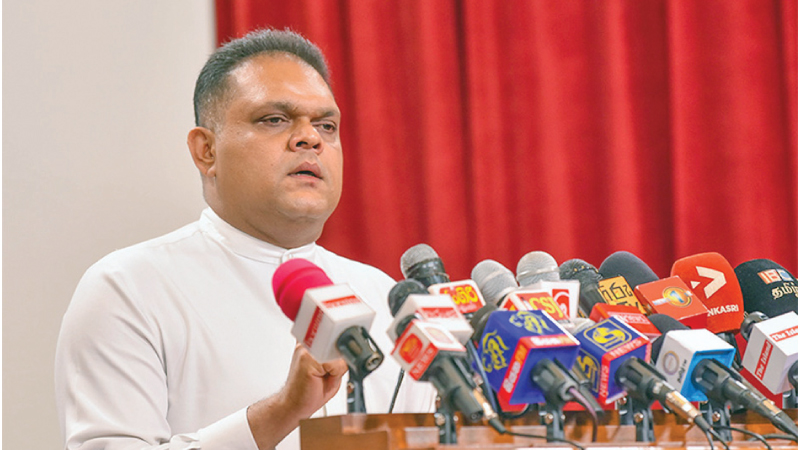The Economic Transformation Bill aims to increase productivity and ensure equal opportunities for all citizens in Sri Lanka, while also enhancing infrastructure, said State Minister for Finance Shehan Semasinghe in Colombo.
“It is expected to generate job opportunities, foster economic growth, and expand the competitive market through innovative exports,” he said.
However, some people, lacking understanding of the Bill, are making various claims. Opposition to the Bill, according to some, comes from those wishing to plunge the country back into an economic crisis, alleging that its goals are unattainable. While the current government remains optimistic about the country’s economic prospects, opposition groups are driven purely by political motives.
He said that the Bill aims to achieve an economic growth rate of over 5% after 2027, recovering from a decline to -7.8% in 2022. Unemployment, which was 4.7% in 2022, is expected to be maintained below 5% by 2025.
He said that the Government’s goal is to increase the women’s labour participation from the current 32.1% to at least 40% by 2030 and 50% by 2040.
The current account balance, which was at -1.9% in 2022, is targeted to be maintained at 1% by 2025. The export of goods and services, which was 21% in 2022, will be increased to 40% by 2025 and 60% by 2040 through the Economic Transformation Act.
Foreign direct investment, which was 1.6% in 2022, is expected to reach at least 5% by 2030. Our aim is to make direct investment account for 40% of the country’s exports of goods and services by 2030.
Government revenue, which was 8.3% of GDP in 2022, is targeted to exceed 15% by 2025. This increase will ensure the uninterrupted provision of essential services to the people.
The reform process has heightened the impact on poor and vulnerable populations. “Our goal is to reduce multidimensional poverty to below 15% by 2027 and to 10% by 2035.”









